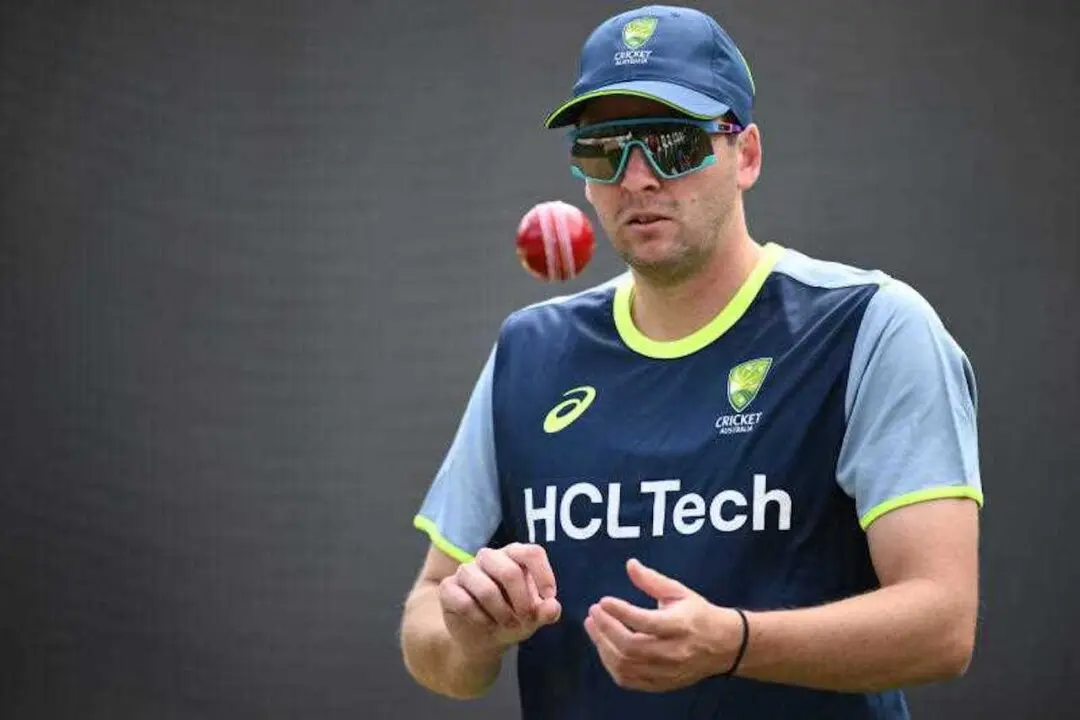Animals on Kangaroo Island have begun gathering their own food for the first time since the summer’s devastating bushfires decimated vast tracts of vegetation on the South Australian island.
High rainfall has led to rapid regrowth of native vegetation, allowing the RSPCA to scale-back its feeding program, which was launched four months ago.





